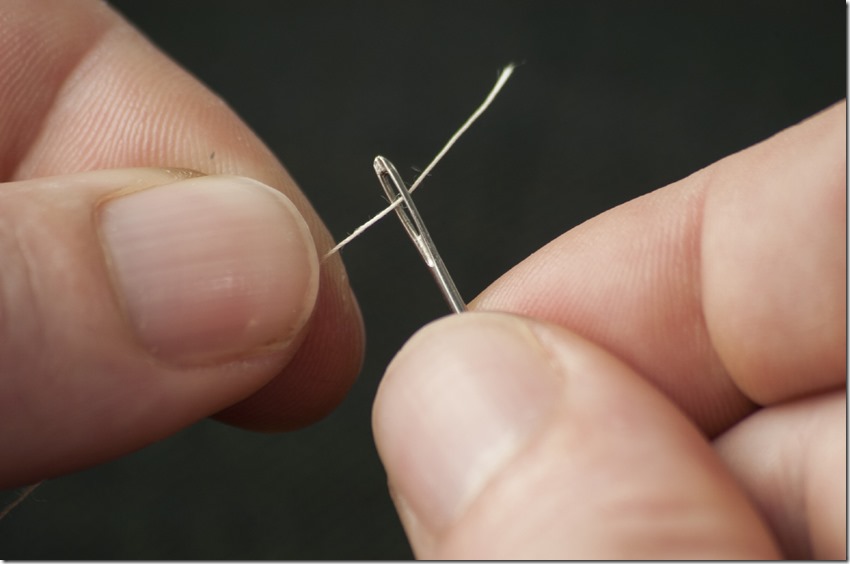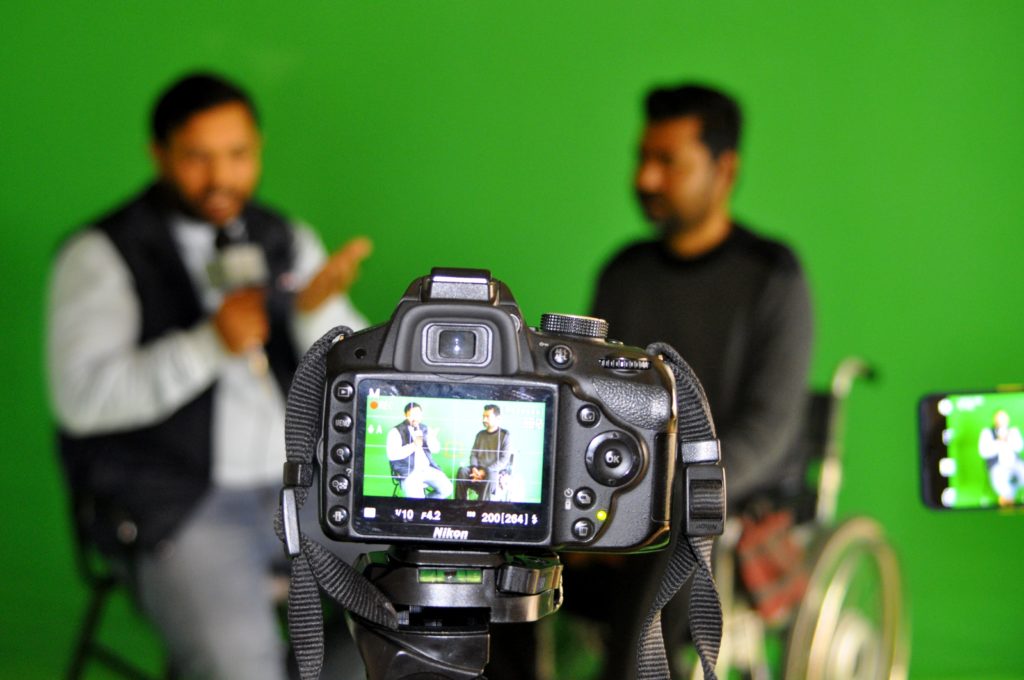Why Good Media Interviews Are Like Threading A Needle
Christina Mozaffari, a partner in Throughline, recently earned one of the greatest compliments any media trainer could receive.
The client, with whom Christina had worked before, told her that he had recently done an interview—and that afterward, the reporter told him he was one of the best interviewees he’d ever spoken to. That’s right, the reporter praised the spokesperson’s interviewing skills.
I share that story not to brag about Christina (okay, not solely to brag about Christina), but because I believe the anecdote contains an important reminder about our profession. As media trainers, we often focus on what can go wrong during an interview. As a result, spokespersons can become too guarded and too fearful of the consequences of a badly worded thought.
Those risks are real, of course, but sometimes we don’t do a good enough job of reminding our clients that in many cases, the majority of interviews they ever give will not be adversarial in nature (it’s a point we’ve been better about making lately). As Christina’s story demonstrates, the interests of a spokesperson and a reporter are often in perfect alignment.

You might think of media interviews as threading a needle. It’s not always easy to position the thread into the tiny little hole—but if you can place it there just right, it’s easy to pull it through to the other side. Similarly, a spokesperson who thinks about what both they and the reporter want from the exchange can succeed at the delicate task and enable both sides to win from the experience. They can thread the needle between their goals and the reporter’s needs.
How can a spokesperson thread the needle and guarantee a “win” for both sides—or all three sides, counting the audience?
Here are a few ideas:
- A spokesperson who distills complexity into everyday language makes it easier for a reporter to understand their topic and run their direct quote.
- A spokesperson who “talks short” instead of delivering lengthy responses is also more likely to be quoted directly, less likely to have a tertiary point included in the story, and less likely to confuse the reporter with extraneous detail.
- A spokesperson who doesn’t do a data dump but who prioritizes their most important points in an organized fashion often helps shorten the interview and save the interviewer time (sometimes reporters just need a good quote, not extensive background).
- A spokesperson who knows how to speak in sound bites is more likely to guide the reporter’s quote selection—reporters often can’t resist a cleverly phrased line, and neither can their audiences.
- A spokesperson who gives specific examples instead of speaking only in abstract thoughts helps reporters bring an abstract topic to life, often as their story’s lead.
- A spokesperson who speaks with passion for their topic makes for a more compelling on-camera sound bite than someone delivering the same information in a limp, perfunctory manner that causes their audiences to tune out.
This list could go on, but the important point to remember is this: media interviews aren’t always antagonistic—and what serves one party well also often serves the other party well. By threading the needle, you’re helping reporters—and may benefit from additional future coverage when they recognize your media gifts and put you on speed dial.


